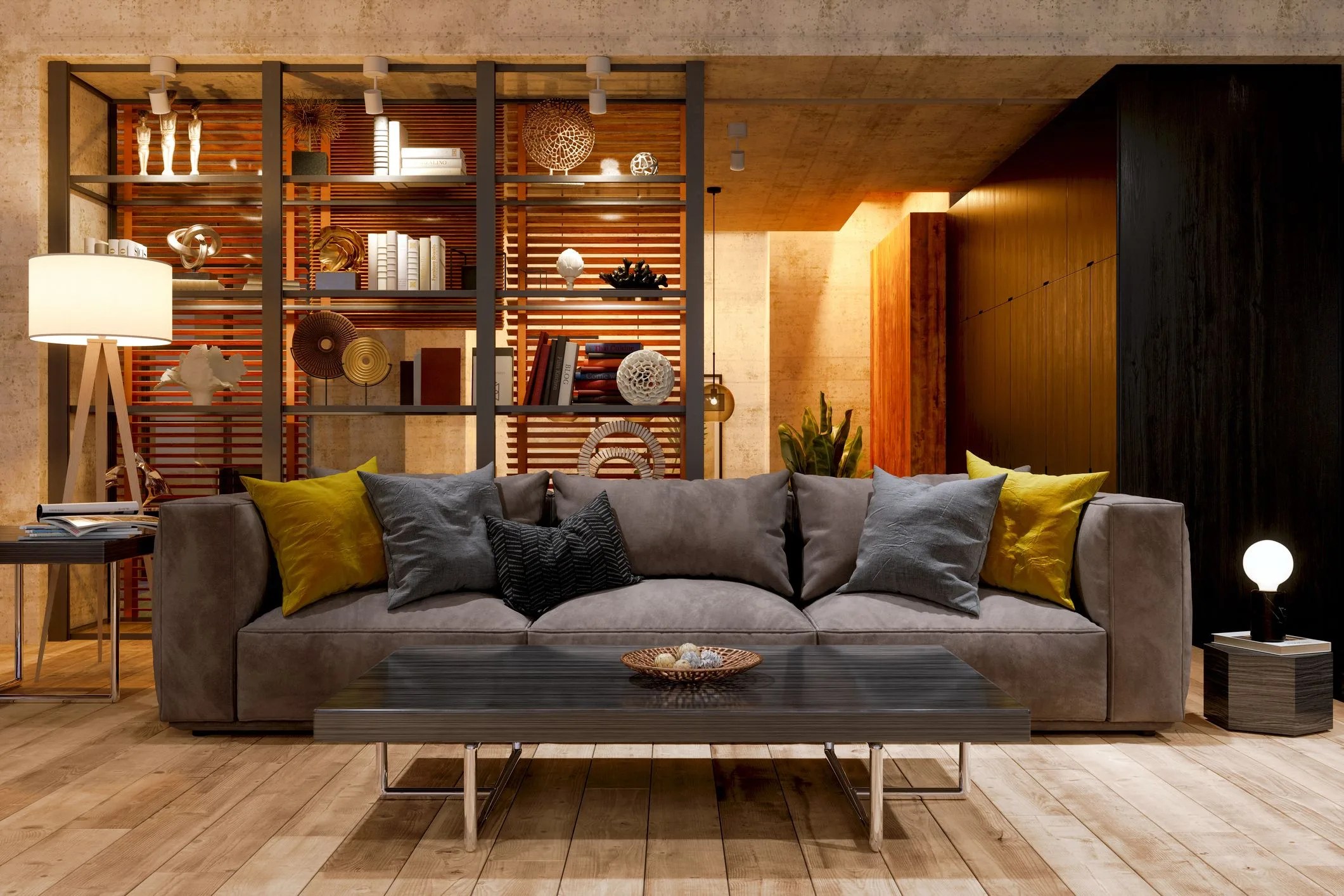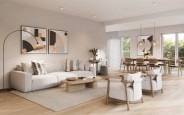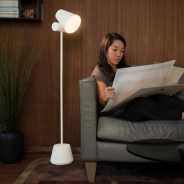There’s a lot that goes into making a living space feel homey and welcoming, and getting your lighting dialed in is right at the top of the list. There are three categories of lighting that you use every day in your home, possibly without even realizing it: ambient lighting, task lighting and accent lighting. In this guide, I’ll be going over what accent lighting is and how to put it to use in your space — with some help from a few experts.
What Is Accent Lighting?
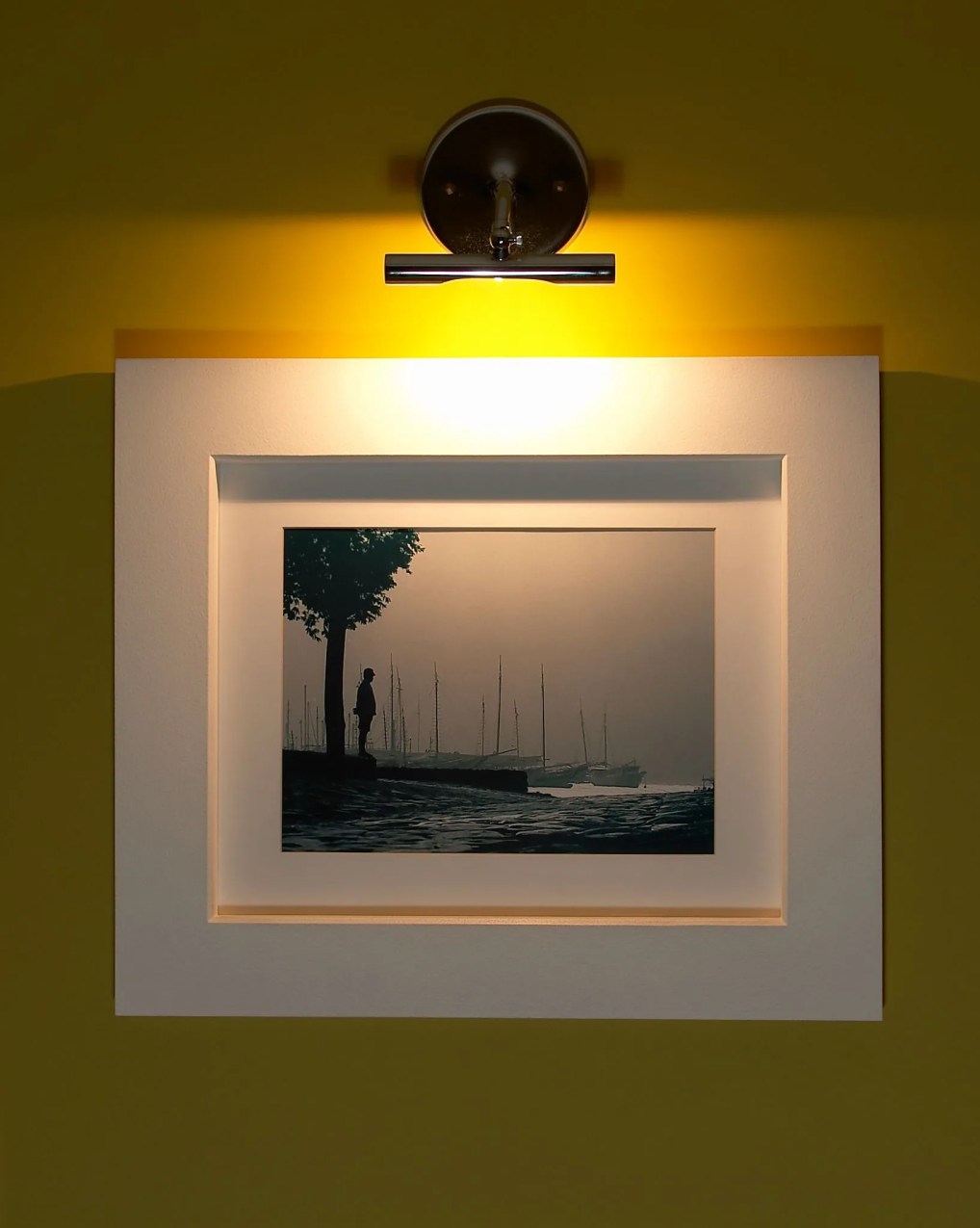 Luso
LusoAmbient lighting is lighting that acts as the main light source in a room, while task lighting is purpose-oriented lighting used to aid in specific tasks, like a desk lamp. Between these two, you may feel that you have all of your lighting bases covered, but this neglects the secret weapon of any top-shelf lighting arrangement: accent lighting.
Accent lighting is lighting used to highlight or “accent” any areas of your space that deserve a little extra focus. This could be a piece of art on your wall, a bookcase, a cluster of plants — really any place where you’re looking to generate visual interest; particularly in a space that’s a little dark. Accent lighting is not where you’ll start when setting up your room’s lighting arrangement, as its main purpose is to act as complementary lighting to your ambient and task lighting. Or, as Lights.com co-founder and creative director Sheva Knopfler puts it: “Accent lighting fills in the gaps to emphasize areas in the room.”
Get Low
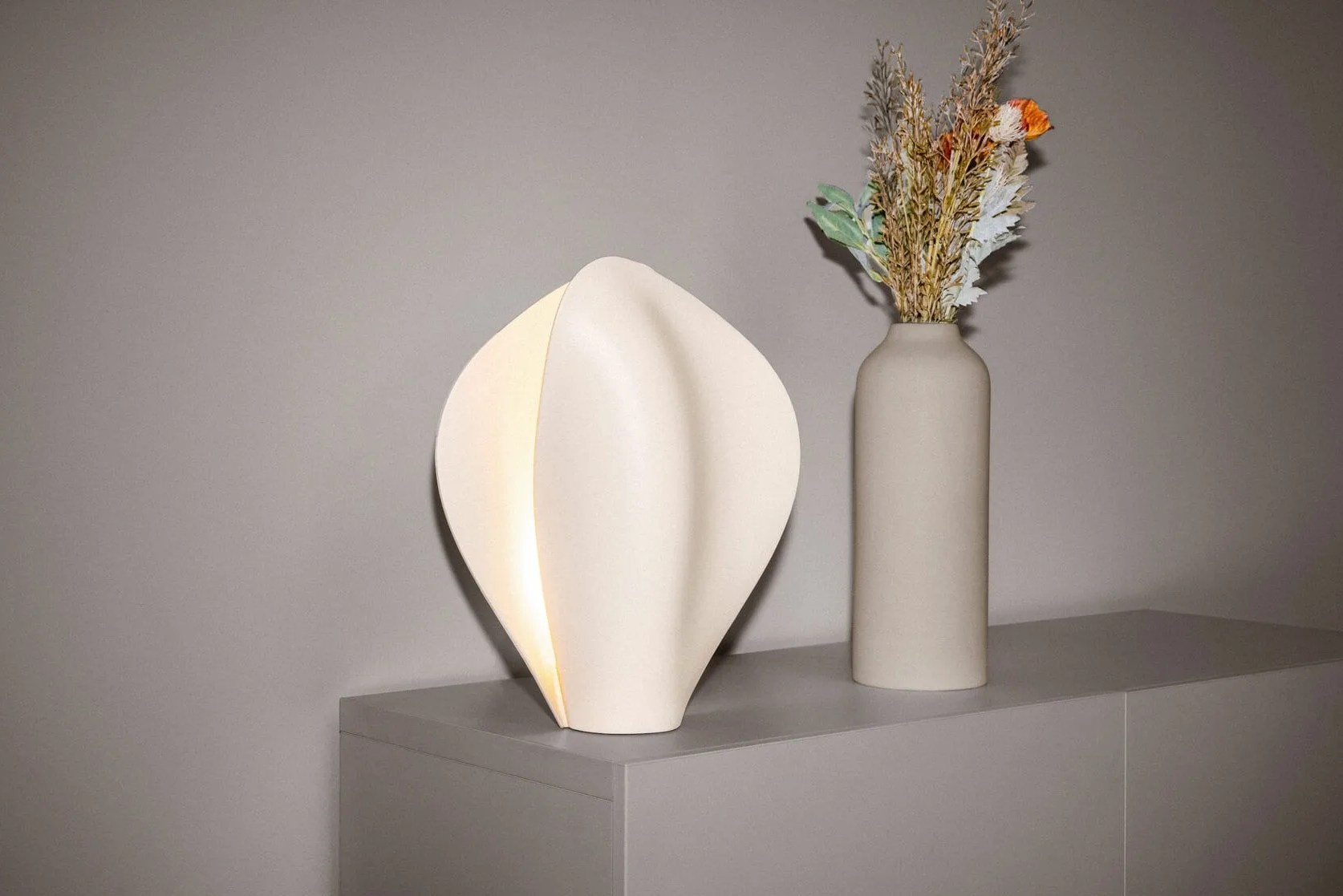 Gantry
GantryAmbient lighting and task lighting need to be quite bright, as they’re responsible for lighting an entire space and allowing you to focus on tasks, respectively. But with accent lighting, it’s OK to keep your lumens on the lower side — these are helper lights, not the star attraction.
“While they might be less bright, [accent lighting’s] presence is felt through their story, their design and the light they cast,” says Gantri founder and CEO, Ian Yang.
With their lack of brightness, it’s more important to strategically use accent lights in order to make the most of what they offer. “Uplights can scrape a painted wall so that the color glows or to highlight architectural details,” says Michael Almodova, founder of Mavisten Edition and industry veteran of RH, Pottery Barn and Arhaus. “LED color strips can coordinate with particular holidays for a festive spirit, or picture lights can emphasize a favorite photo or expressive work of art.”
